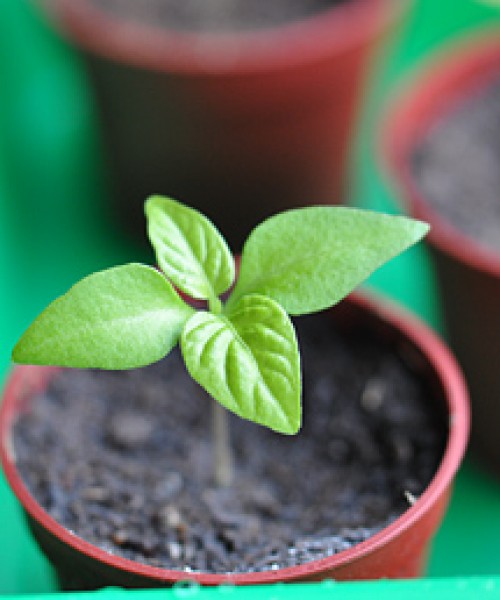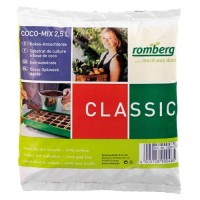
What is needed for chili cultivation?
Helpful tips for all those who would like to cultivate their own chillies. Ideal for beginners.

Chilies like it hot!
Chilies mainly grow in countries with warm or even hot climates, where there is no natural end to the growing season like there is here with autumn. Many chillies, in particular varieties from Asia, Central and South America, need a sufficiently long warm period to grow optimally and to bear ripe fruits - sometimes up to 120 days or longer. The length of our Central European summer is not sufficient for this.
The sowing time
The cultivation of seedlings should therefore beginning as early as the end of January / February / beginning of March. At this time, it is still too cold outside for the seeds, and sometimes there is still the risk of frost. However, if you let them germinate outdoors as late as May, the summer will not be long enough for them to ripen.
Seeds
You can obtain different varieties of chili seeds in garden centres, plant markets and online shops. Further tips on choosing suitable seeds can be found on the page “Which varieties should I cultivate?“ When selecting your seeds, it is also important to consider where your chillies will grow - on the windowsill, on the terrace or in the garden. Tips on this can be found here.
Warmth
The seeds require a minimum temperature to be able to germinate, and this should also be maintained at night. The germination temperature varies from type to type, for many varieties the optimal range is between 22° and 28°C, but many tropical varieties like it warmer. Therefore, in the first few weeks, the chillies will need a sheltered, warm and bright place. This can be in the vicinity of a radiator or on a windowsill that provides ample light and heat. Remember that the temperature can drop below 20°C at night even in rooms that have been heated during the day, which can affect the germination and initial growth of your plants. It is therefore recommended to purchase a Greenhouse and a Heating mat, particularly for warmth-loving species. In general: the higher the temperature (up to 32°C), the shorter the germination period.
Ground
It is best to sow your seeds in small pots or propagator trays, which are filled with potting soil, in peat pots (these have the advantage that they can be fully re-potted later) or on Coconut Coir Pellets. If you put one seed in each pot, you will have no problems separating the plants later during the re-potting process. If you use conventional garden soil, make sure that it is sanitised, i.e. preferably sterile and containing little fertiliser. Soil can be removed of germs and pests by putting it in the oven for 20 minutes at 200 degrees.
Water
It is important that the seeds stay moist, but they should not be wet! Excess water in the pots or in the greenhouse (including condensation) must be avoided to guarantee successful cultivation. Chilies do not tolerate waterlogging. There are divided opinions about the type of water that should be used: some prefer distilled water, as it isn’t too hard and doesn’t contain chlorine, while others swear by “normal” water from the tap. In this case, everyone has to make his own decision.
Light
Once the seedlings sprout, one thing in particular is important for their further growth: Sunlight. The plants should be placed at a south facing window, or in a winter garden / greenhouse. If your seedlings do not receive enough light, you will recognise this due to the fact that they “etiolate”, which means that they form thin, glassy, unstable stems. This is because the seedlings are trying to grow in the direction of the strongest light source. If you only have north facing windows, or if the plants absolutely must be in the room, you could purchase a special plant lamp from a specialist store to ensure that the plants are supplied with enough light (12 to 14 hours per day is recommended).
Other
As the chili varieties look very similar after germination, it is helpful to label the cultivation vessels immediately after sowing the seeds (e.g. with small signs or plastic labels). Fertiliser will be needed some time after the first repotting.
Shopping List:
Seeds
Potting Soil
Propagator Trays or Growing Pots / Coconut Coir Pellets / Peat Pots
Tip: Our Chili Cultivation Set for Beginners contains an Indoor Greenhouse, Potting Soil, and Propagator Trays
Optional:
Greenhouse
Heating Mat
Plant Lamp
Label Set
Sign Labels
Manufacturer
Name: | Chili-Food-Wissen |
Address: |

















